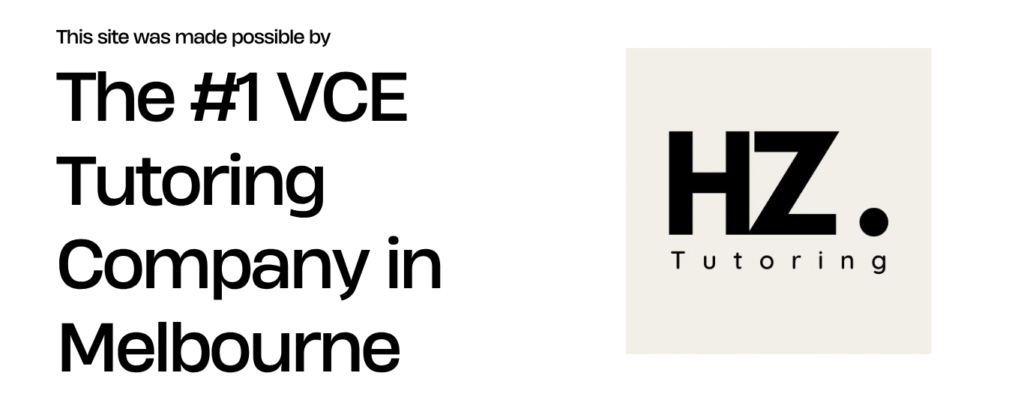Your cart is currently empty!
VCE Legal Studies Unit 3 AOS 2
The Principles of Justice
The entire Victorian civil justice system is evaluated against three core principles. These are the aspirational goals the system strives to achieve. Understanding them is essential for analysing any legal issue.
Fairness
Fairness means having fair legal processes and a fair hearing. Parties should know the case against them, have the opportunity to present their case, and have their dispute heard by an impartial third party in a timely manner.
Equality
Equality means all people are treated the same before the law, with an equal opportunity to present their case. No one should be advantaged or disadvantaged due to personal attributes like wealth, age, or background.
Access
Access means people should be able to understand their legal rights and pursue their case. This includes removing barriers like high costs, lack of legal knowledge, and the complexity of procedures.
Factors When Initiating a Claim
Deciding to sue is a major step with significant risks. A potential plaintiff must consider several practical factors before proceeding. Click on each factor to explore the details.
Can the dispute be resolved directly with the other party? Negotiation is often the cheapest and fastest option, but it requires cooperation and may not be suitable where there’s a power imbalance.
Litigation is expensive. Costs include legal fees, court fees, and expert witness fees. The risk of an ‘adverse costs order’ (paying the winner’s costs if you lose) is a major deterrent that undermines access.
There are strict time limits for initiating claims (e.g., 6 years for contract law). If a plaintiff waits too long, their claim becomes ‘statute-barred’ and cannot be heard, no matter how strong the case is.
Will the defendant be able to pay if you win? If the defendant is bankrupt or has no assets, a court victory may be meaningless, as there is nothing to enforce the remedy against. This is a key practical consideration.
Dispute Resolution Bodies & Methods
Victoria offers a tiered approach to dispute resolution, aiming to resolve issues at the most appropriate and cost-effective level. Use the buttons to compare the main methods of dispute resolution.
Hover over a bar to see details. This chart compares key alternative dispute resolution (ADR) methods with formal court determination. Note how bodies like CAV and VCAT aim to provide a more accessible middle ground.
The Court Hierarchy & Key Roles
The court system is structured as a hierarchy for two main reasons: administrative convenience (allocating cases by complexity) and to provide a system of appeals. Hover over each court to see its civil jurisdiction.
Victorian Court Hierarchy
Key Personnel
The Judge: An impartial umpire who ensures procedural fairness, decides on questions of law, and determines the remedy. They now have extensive case management powers to reduce cost and delay.
The Jury: Rare in civil trials, a jury of 6 decides on questions of fact and may determine damages. They must be unbiased.
The Parties: The plaintiff and defendant control the presentation of their case, including what evidence and witnesses to use, adhering to court rules.
Legal Practitioners: Represent the parties but have an overriding duty to the court and the administration of justice.
Remedies & System Evaluation
A remedy aims to restore the successful plaintiff to their original position. The most common remedy is damages, but others like injunctions exist. Understanding remedies is key to evaluating the system’s effectiveness.
Purpose of Damages
Click a segment to learn about different types of damages.
Injunctions
An injunction is a court order compelling or stopping an action, used when money is not an adequate remedy.
Restrictive Injunction
Orders a person to STOP doing something (e.g., stop a defamatory publication).
Mandatory Injunction
Orders a person to DO something (e.g., remove trespassing property).
Systemic Challenges
High Costs
Legal fees and court costs undermine access, create inequality between parties, and lead to unfair outcomes when cases are dropped due to financial pressure.
Delays
Court backlogs mean “justice delayed is justice denied.” Delays harm fairness by causing stress, and can be used tactically to create inequality.
Accessibility
Barriers like lack of legal knowledge, language difficulties, and the system’s complexity disadvantage many, compromising fairness and equality.

